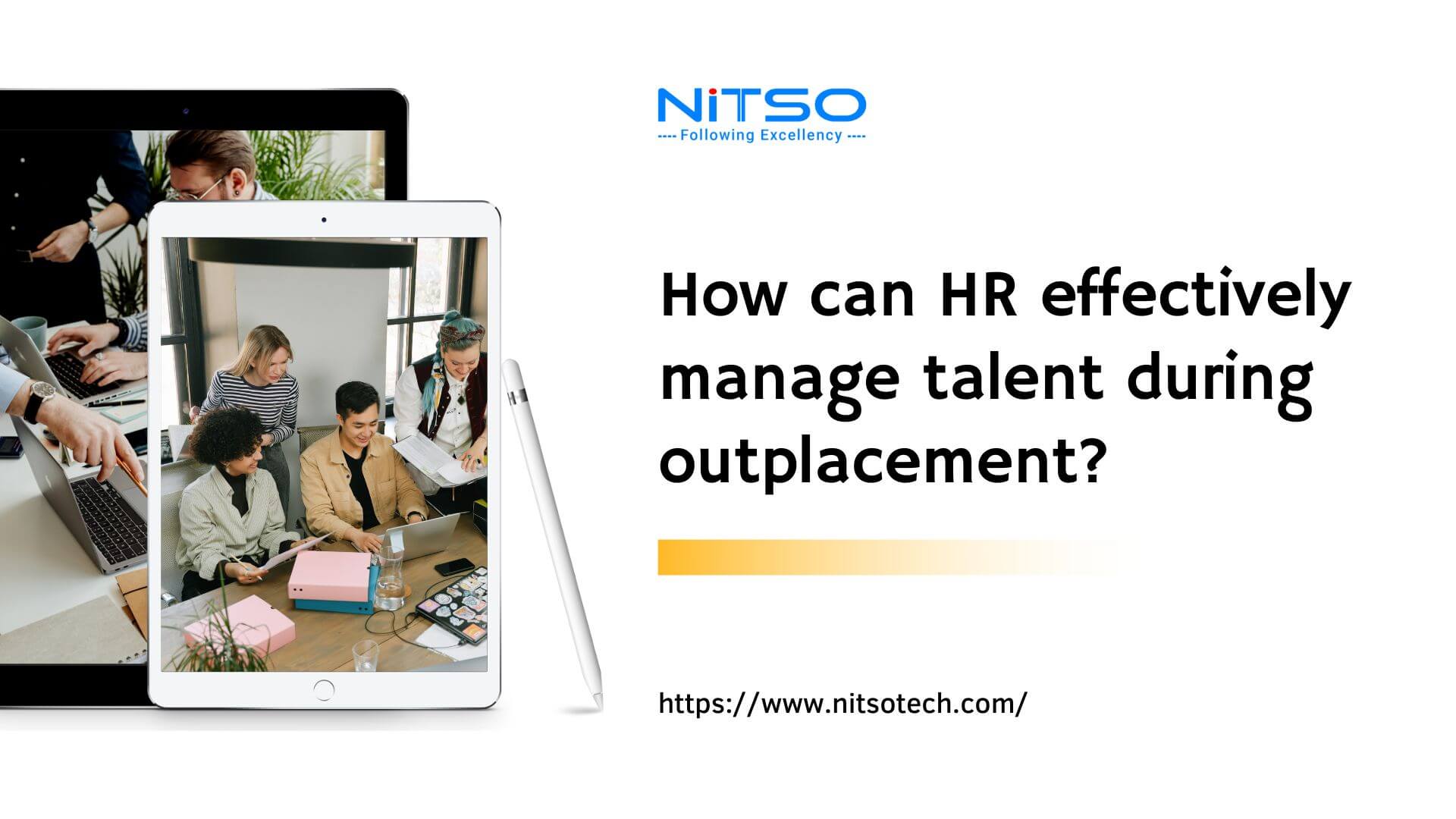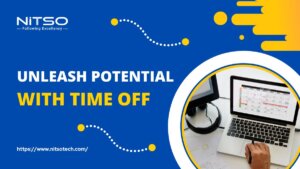Outplacement is becoming increasingly common. A recent survey found that over 60% of organizations had to let staff go in the past year due to restructuring, performance issues, or other reasons. As businesses look to become more efficient and aligned to evolving market demands, workforce transitions are often necessary.
However, outplacement processes are frequently managed poorly – creating frustrating experiences for exiting employees, damaging retainment efforts with survivors, and hurting the employer brand long-term. Without an effective talent strategy, HR not only loses key staff unnecessarily but also struggles to maintain productivity and engagement across the post-restructuring organization.
The thesis is clear: Outplacement cannot be an afterthought. HR teams that develop thoughtful outplacement frameworks, genuinely supporting both departing and transitioning talent, will see immense value. From brand protection to smooth business transformations, getting outplacement right should be a top priority.
This article will explore common pitfalls before presenting the key ingredients of impactful outplacement programs. With some planning and compassion, HR can implement structures that help talent thrive, both today and in their next endeavours.
Table of Contents
Key Challenges of Outplacement
Outplacement Triggers Emotional Stress
For impacted employees, notification of job loss can be emotionally devastating and a massive disruption, regardless of cause. Even in cases of performance issues or role redundancy, the news likely comes as a shock, with psychological impacts like grief, anxiety, or anger common. As one study showed, over 85% of laid-off talent struggle with significant self-esteem issues post-event. They can feel hurt, betrayed, and full of self-doubt.
Losing Work Relationships/Support Networks
Additionally, the loss of workplace relationships and identity can worsen emotional trauma. Beyond the loss of income, displaced staff are abruptly split from the support network a job environment naturally provides. Things often taken for granted like social connections, development opportunities, and routine are suddenly withdrawn. Feelings of isolation and uncertainty around the future then emerge, requiring sensitive handling.
Flight Risk Among Surviving Employees
Outplacement also creates flight risks among surviving staff members. Seeing respected colleagues let go without notice or support can severely damage on-the-job sentiment. Employees start questioning their own job security and the company’s stability. Productivity slides as talent diversion tactics get prioritized over actual work – updating resumes, networking, interviewing, etc. Up to 70% turnover spikes in the year following sizable layoffs have been recorded.
Loss of Critical Knowledge
Finally, outplacement frequently causes irrecoverable loss of skills & experience. HR teams often underestimate the in-depth job and institutional awareness held by longer-tenured talent. When the transition happens without the transfer of knowledge, immensely high costs get incurred by redoing work or piecing together history over the years. Internal continuity also worsens.
Elements of Effective Outplacement Talent Strategy
Building an effective outplacement strategy is complex but critically important for organizational success. It requires a holistic approach across four key areas:
Communicate with Transparency & Compassion
The first element is communication before, during, and after outplacement events. Messaging must balance transparency around business reasons prompting transitions with genuine compassion for impacted talent. Leaders should provide ample notice where possible, explain in person, offer severance & support resources, and thank individuals for contributions. Communication should seek to alleviate fears, providing reassuring messages to survivors on business fundamentals. It takes skilled HR partners guiding managers to get communication right amidst such sensitivity.
Offer Career Transition Support
The second and most obvious is facilitating career transitions for displaced staff. Programs should encompass services like 1:1 counselling, resume/LinkedIn building workshops, interview practice, and access to job boards or recruiter networks. The support provided must align with the displacement scale – a few individuals need lighter help while hundreds require multi-month programs with retraining even. Research shows such support gets ~65% of exiting talent re-employed within 6 months versus 35% without interventions. It is both ethically appropriate and beneficial for employee relations.
Develop Talent Alumni Groups
Another element is building engaged talent alumni groups who feel positively towards the organization despite departure. HR should create pools of past employees open to returning given the right opportunity. Many boomerangs once economic conditions improve or new suitable roles open. Light-touch engagement via newsletters, events, job notices, and selective benefits also helps. Companies able to internally backfill ~20% of openings with returning alumni save greatly on hiring costs while regaining trained talent.
Enable Internal Mobility
Finally, effective strategies proactively retain at-risk talent by enabling internal mobility before outplacement where viable. HR teams that regularly analyze skills gaps & surpluses can identify transfer opportunities with a bit of creativity. Supporting internal moves into growth areas saves costs of severance, hiring & loss of knowledge. It also builds morale as employees see development paths despite restructuring. The outcomes can be hugely positive if handled strategically.
Benefits of Getting Outplacement Right
Getting outplacement right has immense strategic value beyond supporting existing staff. Done well, it becomes an organization-wide resilience and brand-building lever.
Preserve Employer Brand Equity
Thoughtful outplacement preserves invaluable employer brand equity even amidst tough separations. Talent still parts ways feeling cared for, with minimal animosity or backlash. Word-of-mouth referrals typically stay consistent, supplemented by alumni group advocacy. Companies known for compassionate transitions also find recruiting simpler – in fact, 55% of applicants look outplacement policy. The employer value proposition holds up.
Build Organizational Resilience
Additionally, resilient cultures get forged for those remaining and new hires. Employees observe the care shown to impacted colleagues and gain reassurance about their own job security – reducing flight risks. Leadership earns trust by displaying humanity amidst change. Productive working relationships quickly re-form across teams gaining departed members’ skills. Surviving employees also learn how to professionally navigate transitions as part of growth.
Smooth Business Transformations
Finally, well-handled outplacement enables smoother business changes overall. Restructuring goals get realized faster without productivity loss as the remaining employees stay focused. The organization rightsizes or upgrades capability in alignment with a strategy with minimal know-how bleeding away. Exiting talent maintains ties as potential future assets. Essentially, outplacement done right unlocks transition capability as a core HR competency.
Common Pitfalls to Avoid
While effective outplacement has immense benefits, the opposite also holds true. When handled poorly, it can inflict deep damage across multiple fronts. Some common pitfalls to be mindful of include:
No Support After Notification Meetings
A major mistake is failing to provide genuine career transition support beyond the initial notification conversations. Once the news is delivered, impacted talent cannot be left fully on their own to process emotions and chart the next steps. Follow-through with structured services is critical for motivating desired behaviours like knowledge transfer. Studies show that displaced talent who get zero support have 31% higher resentment towards their past employer.
Letting Anxieties & Rumors Fill Information Gaps
Another issue arises when leaving lingering uncertainties post-announcement. Doubts around why particular employees got selected, ongoing business health, etc can quickly spawn rumours and unchecked anxieties if not addressed directly. Surviving talent starts making their own interpretations, hurting productivity and morale. HR must fill information gaps swiftly and completely.
Insufficient Career Assistance
Too often, the career help offered is just the bare minimum – like resume reviews or job portal access for a few weeks. Support must be holistic and aligned to individual needs on aspects like skills retraining, interview prep, networking, etc. Without truly customized assistance, positive outcomes become difficult. Studies reveal when career help lasts 6+ months, re-employment rates jump ~15%.
The consequences of poor outplacement are real, ranging from destroyed employer brands to sinking employee engagement across the board. By recognizing common pitfalls upfront, HR can avoid them through smart program design and communication.
Real World Examples
Understanding how outplacement talent management excellence or failure concretely impacts organizations can further highlight the importance of getting it right. Some illuminating examples include:
Effective Program at Tech Company
A global tech company laying off 300+ employees developed a 6-month outplacement program with 1:1 counselling, peer support groups, extensive skills retraining, and more. They proactively communicated compassionately. Within a year, over 90% had found satisfactory new roles, and the employer brand held steady, enabling continued strong recruiting.
Poor Handling Damaging Employer Brand
A retailer undergoing large-scale store closures provided minimal advance notice before laying off hundreds. No follow-up support was offered, leaving ex-staff feeling betrayed. Being small communities, word spread damaging the retailer’s image as an employer for years. Their competitor poached high-potential staff during the turmoil.
The examples reinforce that outplacement done right or wrong directly impacts talent retention, company reputation, employee sentiment and other strategic outcomes. Examining real cases helps crystallize the requirements and upside of effective programs.
Key Takeaways
The need for thoughtful outplacement processes is clear given the strategic benefits as well as consequences of poor execution. When business changes require transitioning talent, HR must respond with empathy, support and foresight.
Some of the main takeaways include:
- Communicate with compassion – Be transparent about reasons while providing emotional aid
- Offer career assistance – Customized, holistic support enables success
- Focus on retention – Where possible, enable internal moves before outplacement
- Build engagement – Create talent alumni networks and backfill with boomerangs
By following these and other best practices covered, organizations can turn outplacement into an impactful talent management capability.








0 Comments